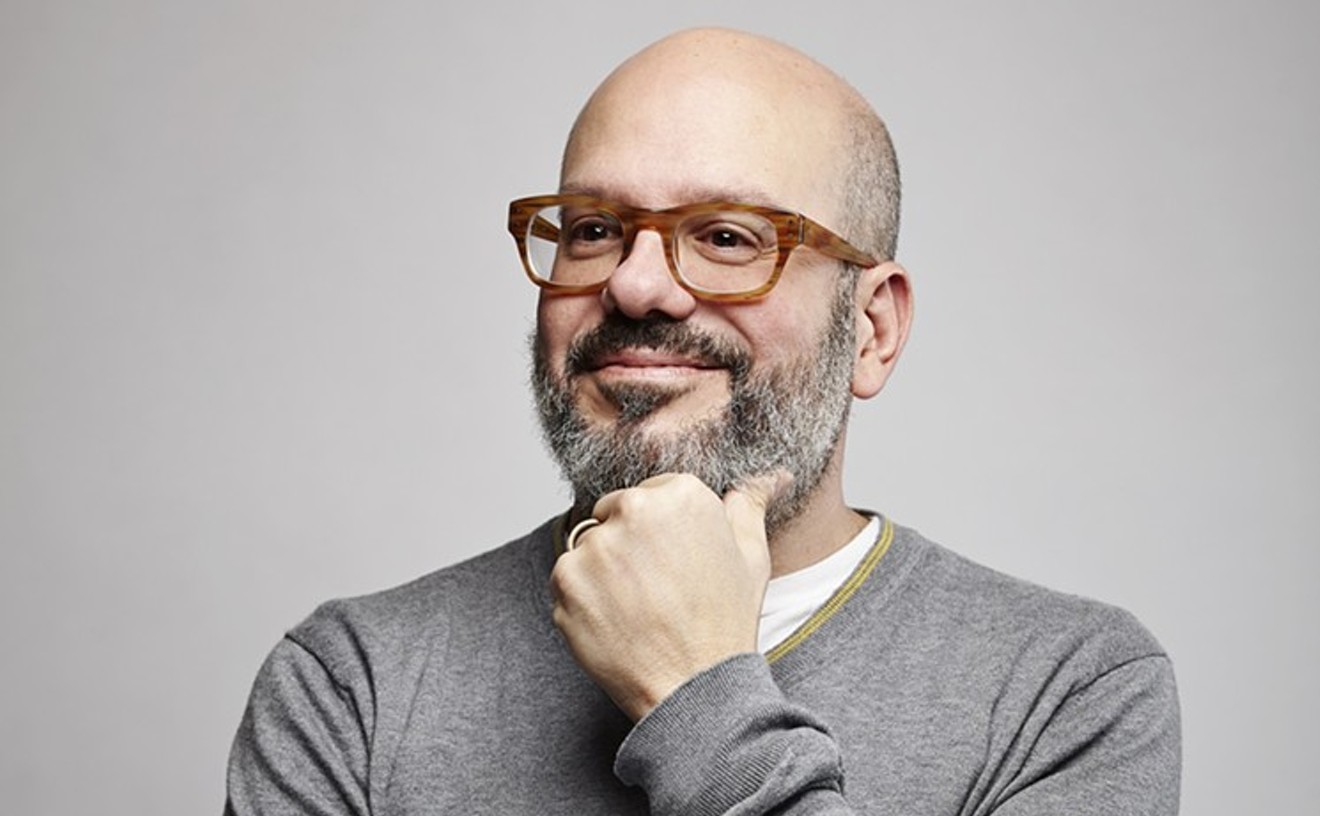New Times: I keep reading about emergency rooms shutting down all over the country. What's up?
Kevin Veale: Well, a lot of different things are contributing to that trend, and it's a real problem. But ER shutdowns isn't really the problem in Phoenix. Here locally, the only ER that shut down recently was at Phoenix Memorial Hospital, but that's only because they changed their focus from being a general hospital to being a specialized surgical center. The story about how all the local ERs are collapsing isn't true.
NT: So this is just a case of overreporting?
Veale: It's a sexy topic, but one that's very misunderstood. A lot of different things have inflated the figures. First of all, in the past decade, 10 or 12 hospitals have closed here. That meant that about 50,000 people who required emergency room service weren't able to find it in their communities, and those kinds of reports inflate stories about ER service problems.
NT: Isn't part of the problem that so many uninsured people use the ER as their primary care physician?
Veale: Uninsured patients aren't as much of a problem as they used to be, because AHCCCS eligibility has improved. ER volume has increased because people can't get proper care elsewhere. Even if you have insurance, you call your doctor and he can't see you, so you go to the emergency room.
NT: But doctors certainly aren't sending their overflow patients to the ER.
Veale: No, it's a misunderstanding. You call your doctor, and if the office is closed, but you hear a recording that says, "If this is an emergency, call 911."
NT: You mean people take that to mean, "Go to the emergency room!"
Veale: Exactly. Which has fed this trend in overcrowding in ERs these past several years. The managed care system today has really fallen down; they can't see patients with non-emergency issues in an expeditious fashion. You call with a stomach complaint, and your doctor can't see you for four days, so you have no option but to head to an emergency room for attention.
NT: So part of the problem is overtaxed general practitioners. But isn't the overcrowding situation exacerbated by a nursing shortage?
Veale: Yes. And having fewer nurses creates a domino effect, because a hospital with 400 beds may have only 300 of them staffed. Patients in the ER might need to be admitted to intensive care, and there are no beds there, so the patient stays in the ER, which adds to the overcrowding. And the three kids in the ER who have pneumonia are waiting for beds in an understaffed pediatric ward, and they're taking up beds in the ER, too. With fewer beds available, things get backed up.
NT: Why not just weed out the people who aren't emergency patients? Just tell them to go home and take an aspirin.
Veale: We have to see you. There's a federal mandate that ERs must provide at least a medical screening examination for every person who comes through the door. We can't close the door, ever. With the overcrowding problem, we also can't get to you in a timely fashion.
NT: Why is all this happening now? Is it just the result of bad planning from 20 years ago?
Veale: Of course. And because people use the ER more than they used to. In the old days, if you needed stitches and you went to the ER, they'd send you to your general practitioner. That's illegal now.
NT: Illegal?
Veale: These days, emergency departments can't transfer patients with an emergency situation until the patient has been stabilized. If I can sew you up in the ER and I refuse to, I'm breaking the law. If you get shot and your buddies toss you in the car and bring you to me, I have to take care of you as long as the medical attention you need is something that we offer. I'm not allowed, by law, to send you to another hospital.
NT: These doc-in-a-box places like Emergicare are popping up everywhere. How are these places changing the face of emergency medical care?
Veale: If you go to a hospital, you'll be treated by a board-certified emergency physician. If you go to an urgent-care place, you'll be cared for by someone other than that. The care provided in these places is less acute. The staffing may be by a family doctor or by a resident or a physician who hasn't completed his training but who's moonlighting there. You might be waited on by a psychiatrist or a physician's assistant who's making extra income by working in an urgent-care center.
NT: That's scary. If I saw off my arm, I don't want it sewn back on by a head shrinker.
Veale: But a lot of times, his care would be more than adequate. Right now, there's no regulation mandating a certain skill level other than basic licensing in urgent care.
NT: I keep reading news stories about Phoenix ER doctors meeting with the governor, the health department, hospitals and ambulance firms. Why?
Veale: Because we have a crisis-level problem to address here. The ER is a safety net for everyone who's sick, because we're always open. But it's a non-funded safety net. The federal government says we have to be open at all times, but oh, by the way, they don't have to pay us to be open all the time. So it's clearly a crisis; if we don't figure out a solution to ER overcrowding, people will die because they can't be seen in an expeditious manner.
NT: I'm guessing that telling people to use ERs only for emergencies isn't the answer, because everyone has a different definition of emergency.
Veale: We want to take care of anyone who comes through the doors, but we need for people to realize that, with the new increased volumes, we can't see your kid with the high fever when there's a more urgent case waiting alongside you.
NT: So what's the future of emergency care?
Veale: I don't know. Hospitals of the future may very well consist of large intensive care and emergency rooms and nothing else, because we can provide home health care for everything else. But really, there's no easy answer. Right now, I don't know where the future is going to take us. If I knew that, we wouldn't be having this discussion.
Contact the author at his online address: [email protected]










